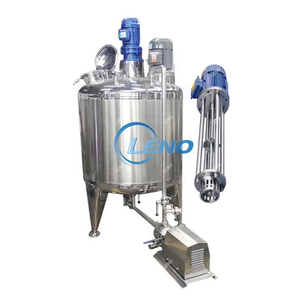Introduction to Balances Laboratory Apparatus
Balances laboratory apparatus, commonly referred to as balances, are essential instruments in scientific research and practice. They are designed to measure mass or weight with a high degree of precision, enabling users to carry out experiments and measurements accurately. In today's laboratories, balances come in various forms, each tailored to specific applications and requirements. Understanding the different types and features of balances is crucial for selecting the right apparatus for your laboratory tasks.
Types of Balances Laboratory Apparatus
There are several types of balances laboratory apparatus, each serving unique purposes in diverse scientific fields. These include:
- Analytical Balances: Designed for high precision, these balances can measure with an accuracy of up to 0.1 mg. They are typically used in research for measuring small samples.
- Top Loading Balances: These balances are ideal for general laboratory purposes, offering a balance between precision and capacity, usually measuring up to 0.01 g.
- Precision Balances: These are used for moderate precision measurements, providing accuracy to 0.001 g, suitable for various applications requiring more than basic weighing.
- Moisture Analyzers: Specialized balances that can determine the moisture content in samples by weighing before and after drying.
- Floors Scale Balances: Equipped for weighing larger items, these balances allow for easy loading and unloading, making them suitable for warehouses and large laboratories.
Applications of Balances Laboratory Apparatus
Balances laboratory apparatus play an integral role across various sectors, facilitating precise measurements necessary in numerous applications. Some notable uses include:
- Chemical Research: Accurately measuring reagents and compounds is vital for experiments, and analytical balances serve this purpose excellently.
- Pharmaceutical Industry: Precision in drug formulation depends on accurate weight measurements, making balances indispensable in this sector.
- Food Industry: Balances are crucial for ingredient measurements, ensuring quality control and compliance with regulations.
- Academic Institutions: Educational laboratories utilize balances for experiments that enhance students' understanding of fundamental concepts in science.
- Quality Control Laboratories: Monitoring product consistency and quality requires the accurate weighing of samples, a task best performed by reliable balances.
Features and Advantages of Balances Laboratory Apparatus
Modern balances laboratory apparatus come equipped with a variety of features that enhance usability and performance. Notable features include:
- High Precision: With advanced technology, these balances can provide accurate measurements with minimal error.
- User-Friendly Interfaces: Many models come with digital displays and intuitive controls, making them accessible for both novice and seasoned users.
- Calibration Functions: Regular calibration options help maintain accuracy over time, essential for scientific integrity.
- Built-in Tare Feature: This function allows users to subtract the weight of containers, ensuring that only the net weight of the sample is measured.
- Durability: Made from high-quality materials, balances are designed to withstand rigorous laboratory conditions, enhancing their lifespan.
In addition to their advanced features, balances laboratory apparatus provide notable advantages:
- Enhancing Experiment Accuracy: Accurate measurements lead to reliable results, critical for research and development.
- Time Efficiency: Quick and precise weighing reduces the time spent on experiments, allowing for increased productivity.
- Versatility: Their various applications across industries make them a valuable investment for laboratories.
- Ease of Maintenance: Many modern balances require minimal servicing and can be easily cleaned, which is crucial in laboratory settings.
















































